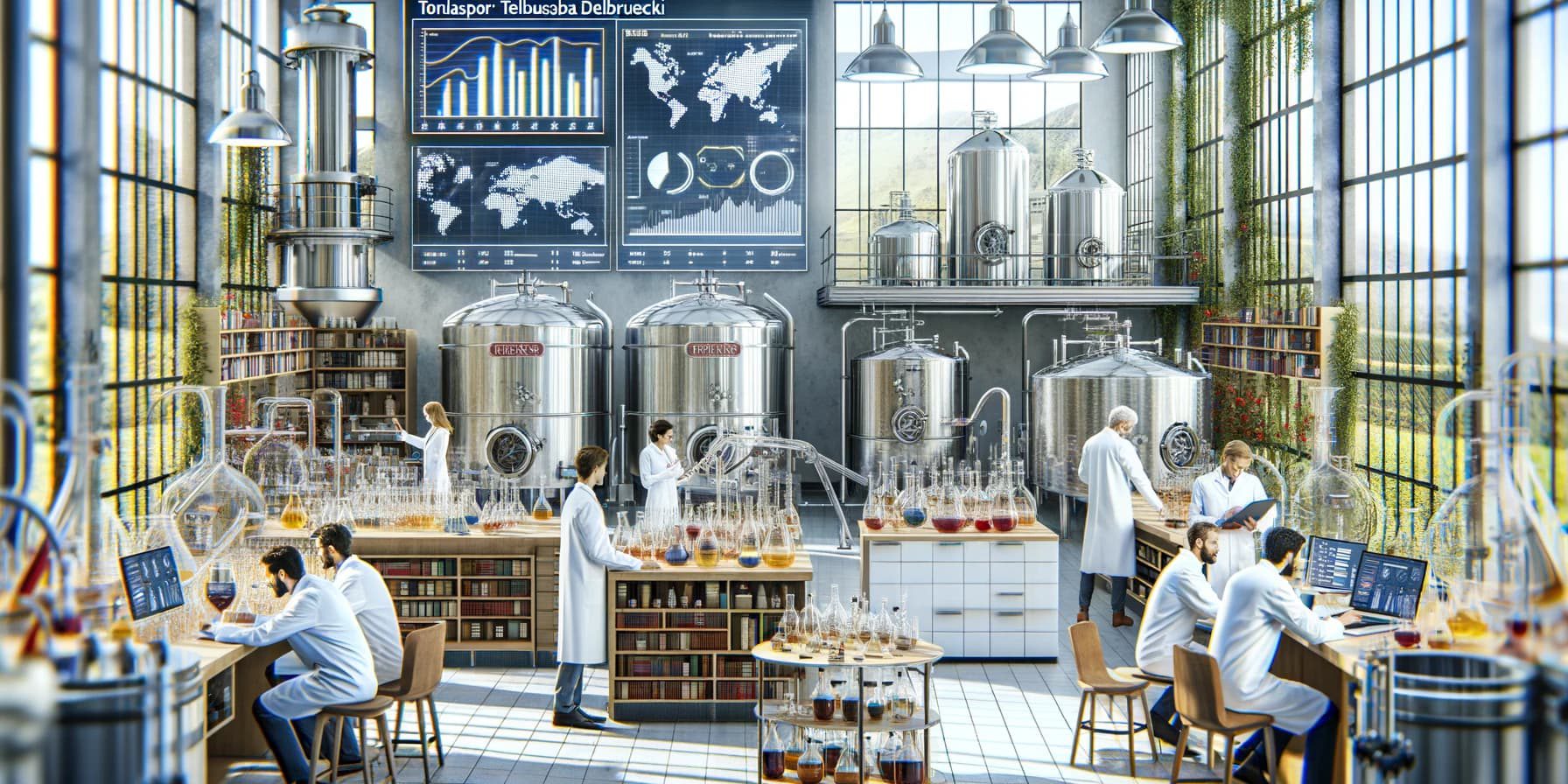In the dynamic realm of oenology, a recent breakthrough has engendered widespread enthusiasm within winemaking circles. Researchers at the Universitat Rovira i Virgili (URV) in Spain have been conducting experiments with Torulaspora delbrueckii yeast, an unconventional strain that not only expedites the winemaking process but also enhances the colour, bouquet, and overall quality of carbonic maceration wines.
These experiments have focused on carbonic maceration wines, like those made famous by Beaujolais Nouveau in France. Wines from the Montsant region and the Conca de Barberà in Catalonia also use this technique and now scientists have been experimenting with Torulaspora delbrueckii yeast to improve these wines. What makes this interesting is that historically most wine fermentation is done using yeast from the Saccharomyces cerevisiae family that is also used in brewing and baking, but Torulaspora delbrueckii is beginning to show promise.
In an exhaustive study, the research team from URV’s Biochemistry and Biotechnology Department delved into the impact of Torulaspora delbrueckii yeast on carbonic maceration wines, as well as rosé and orange wines. This yeast, introduced during the initial phase of fermentation, and wines treated this way showed substantially improved organoleptic properties and expedited the malolactic fermentation process.
Wines inoculated with Torulaspora delbrueckii exhibited a remarkably intensified colour, owing to the yeast’s adept preservation of anthocyanins—the compounds responsible for the wines’ vibrant red hue. Beyond colour enhancement, the wines showcased an expanded array of aromatic families, with a notable prominence of esters for example tropical notes like banana aromas. By fostering malolactic fermentation, Torulaspora delbrueckii not only enriched the inherent characteristics of the wine but also significantly shortened the overall vinification process.
The positive implications of Torulaspora delbrueckii extend beyond carbonic maceration wines, demonstrating its versatility in yielding favourable outcomes in rosé and sparkling wines.
While Torulaspora delbrueckii is showing promise in the winemaking sphere, its influence is extending outside of winemaking, capturing the attention of brewers seeking to craft beers with distinctive sensory profiles that stand out in a market dominated by conventional brews. Beers fermented with non-Saccharomyces yeasts, such as Torulaspora delbrueckii, often show heightened flavour and aroma complexity with more nuanced aromatic notes compared to their traditional counterparts.
Although research on the application of Torulaspora delbrueckii in brewing remains nascent, studies have underscored its potential to augment flavour complexity and positively contribute to the overall sensory profile of beers with its capacity to ferment maltose and contribute to ester production.
Torulaspora delbrueckii is helping catalyse innovation in winemaking and brewing, unlocking new dimensions of flavour, aroma, and intense colour. As wineries and breweries continue to explore diverse yeast options, the prospect of Torulaspora delbrueckii contributing to unique and innovative styles of wine and beer presents an exciting avenue for exploration.






